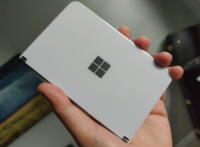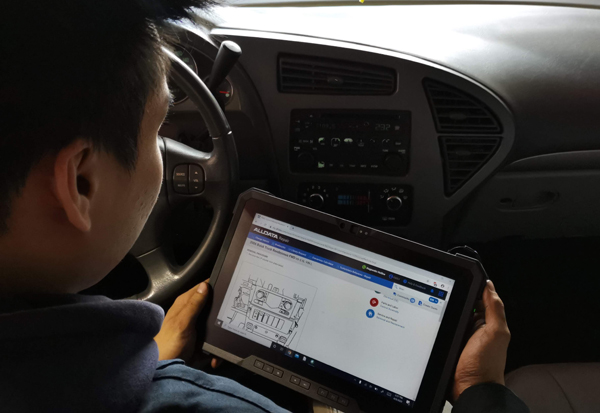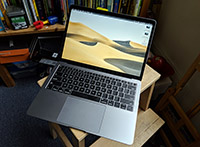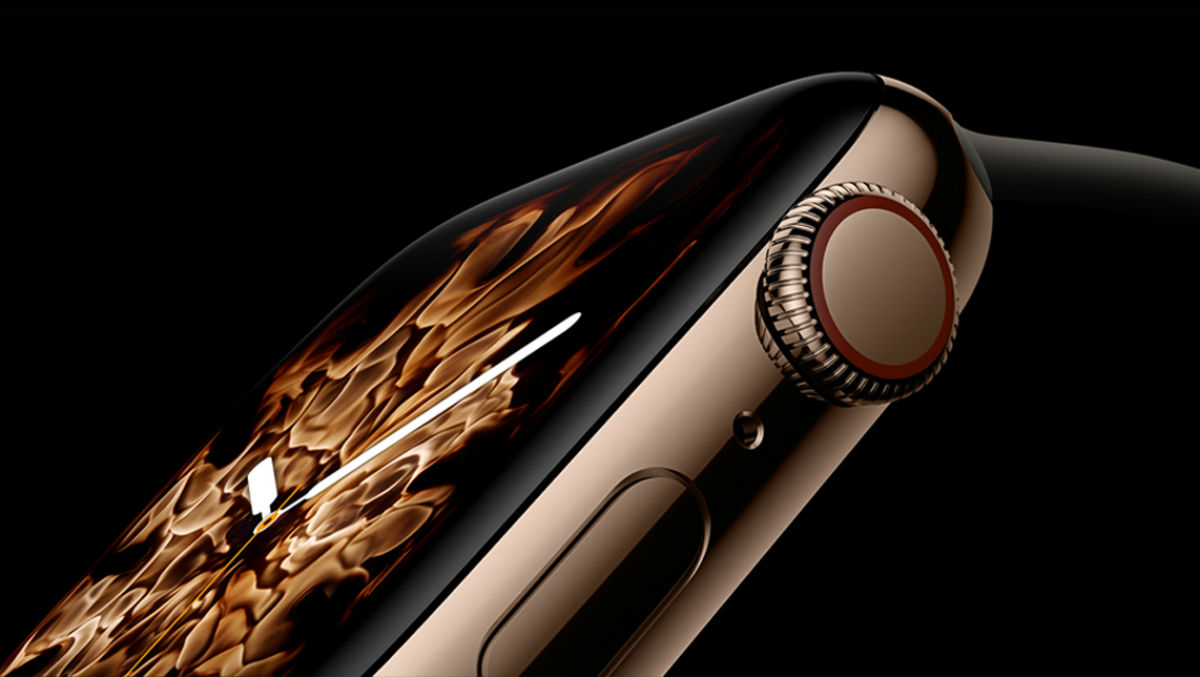Google Chrome will soon let you mute websites
 Friday, August 25, 2017 at 7:00PM
Friday, August 25, 2017 at 7:00PM 
We’re confident it’s happened to you before. You have multiple tabs open in Chrome and then a page loads and you suddenly get assaulted by really loud music. And if this has annoyed you to no end, Google is working on something to make sure you don’t have to hear autoplaying videos in the background anymore. The company is testing out in their experimental Canary build for the browser a way to permanently mute websites. But as Google’s François Beaufort says, they are still “experimenting with a setting to mute / unmute a website directly from the Page Info bubble.”
Right now you can already mute tabs by just right clicking on them and selecting “Mute tab” but this is a temporary fix because the sound will start playing again the next time you open the tab or Chrome.
Source: The Verge





















